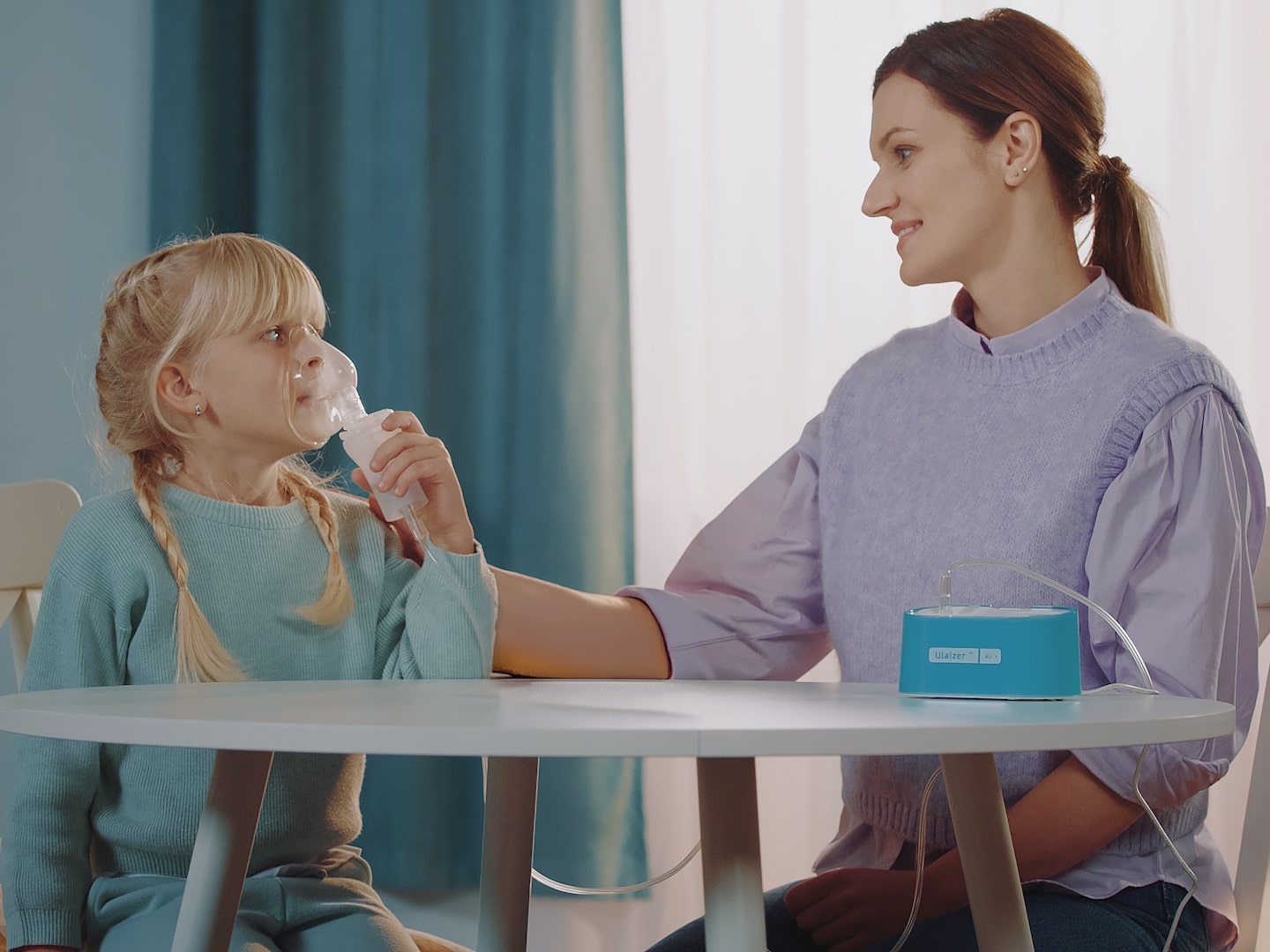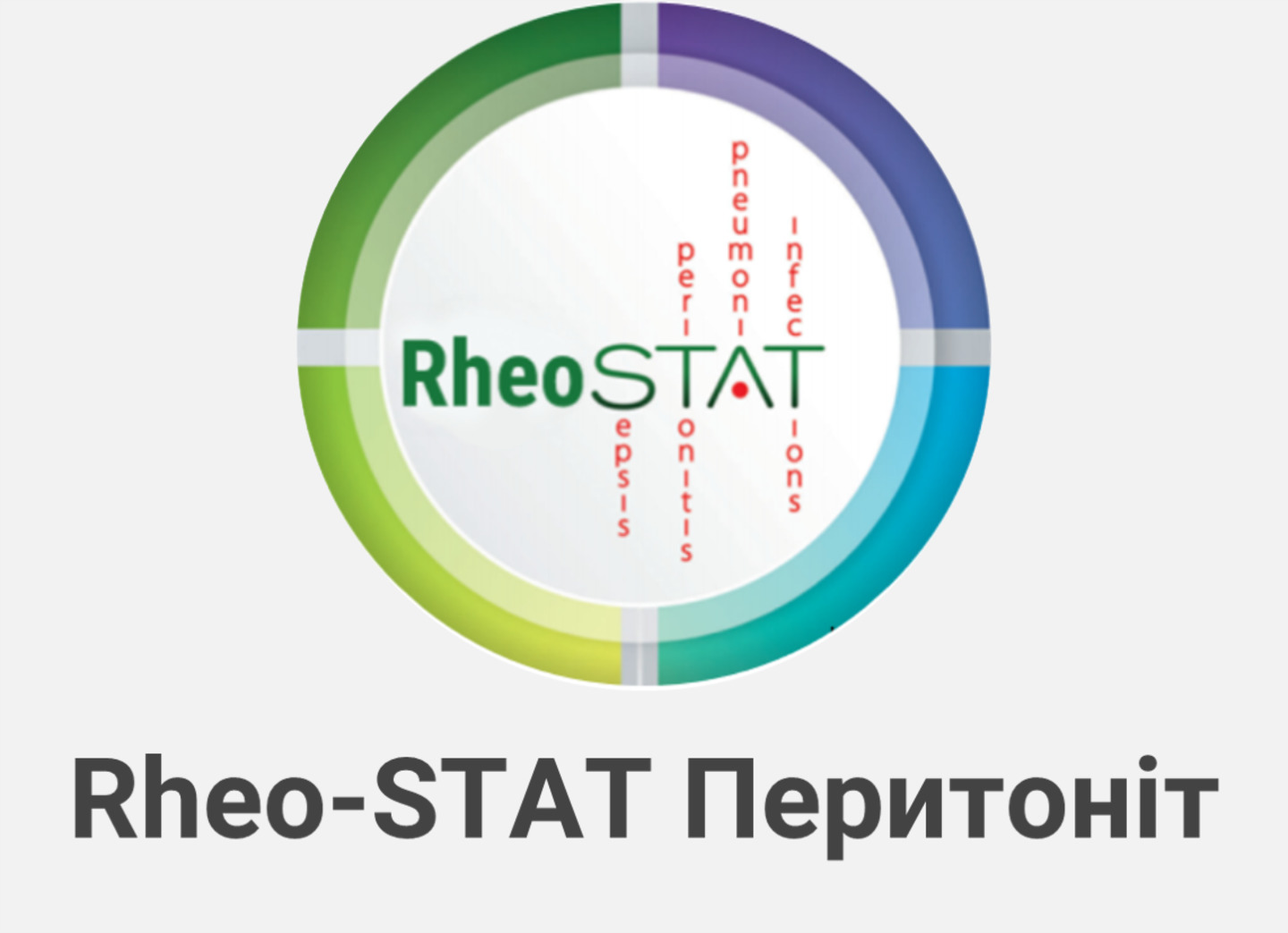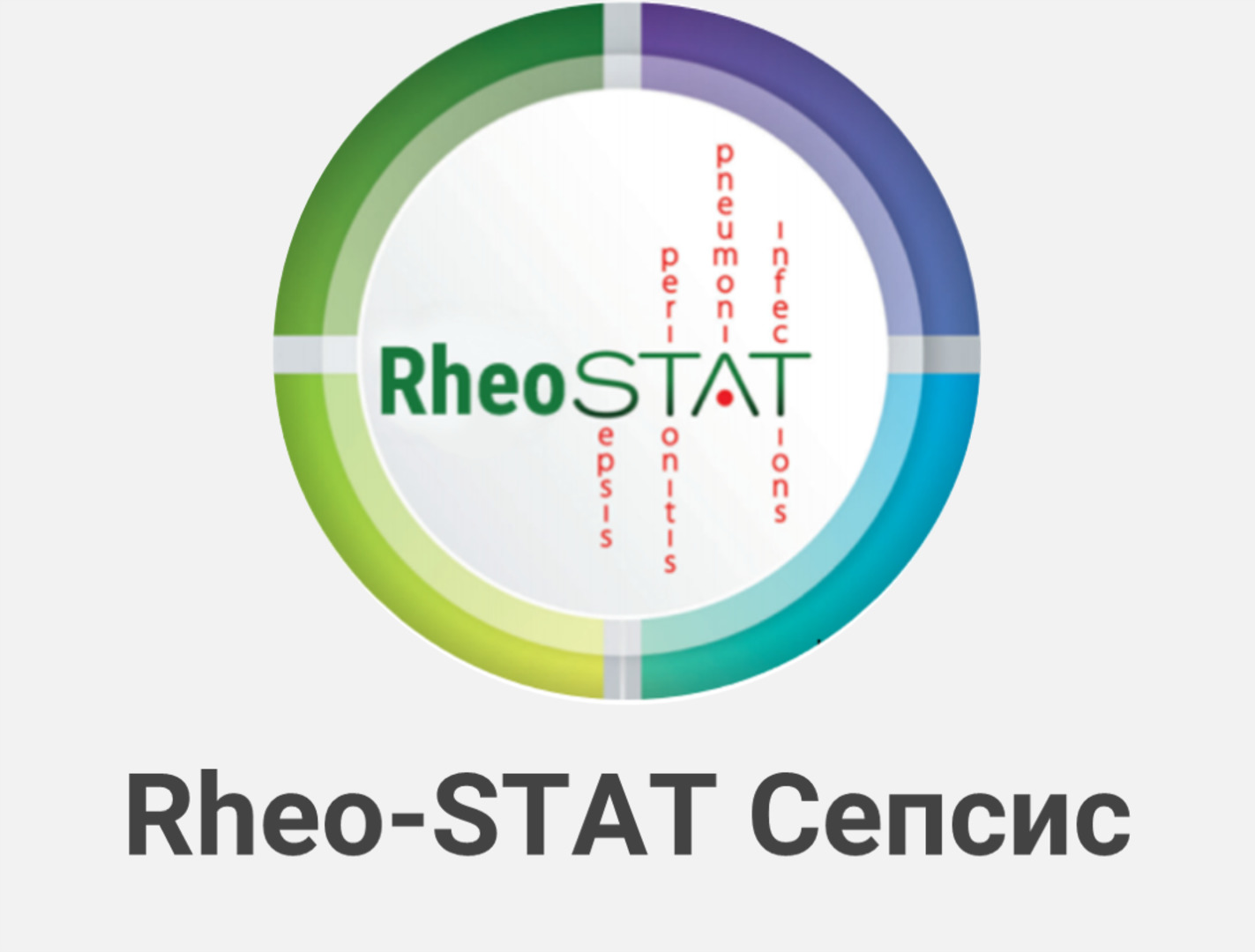The results of experimental and clinical study of the efficacy of the antiseptic product Decasan
The Department of Microbiology, Virology and Immunology of Vinnytsia National Pirogov Memorial Medical University;
Yuria-Pharm Pharmaceutical Company
Key words: antiseptics, Decasan, local bacterial infections.
Introduction
Contemporary epidemiological situation is characterized by increased proportions of local inflammatory disease, caused by antibiotic-resistant opportunistic microflora. Using the modern systemic antimicrobial agents, such as fluorquinolones, cephalosporin and carbapenem antibiotics for the treatment of these diseases is costly and unpractical.
Therapy with antiseptic agents is the most available and effective treatment for local infections. Unfortunately the selection of antiseptic agents available to the healthcare settings is outdated and fails to meet the contemporary challenges. In the National List of the principal (vital) medications and medical products, approved by the Decree of the Cabinet of Ministers of Ukraine dated 16 November 2001 No. 1482, the group of antiseptic agents includes such products, as boric acid, iodine-based products, hydrogen peroxide, potassium permanganate, ethanol and brilliant green. In fact, this list has migrated to the present from the 19th century. The only contemporary agent in the above list is chlorhexidine bigluconate, supplied by domestic manufacturers only as 0.05% solution in special containers, intended for prevention of sexually-transmitted disease. The inter-hospital pharmacies attempt to meet the demands of healthcare settings for antiseptic agents by preparing the solution of Furacilin. However, there are almost no Furacilin-susceptible organisms left in the nature; certain species even manage to utilize it. Due to this fact the above mentioned product has become a known reservoir of the microbial agents, causing nosocomial purulent and inflammatory infections. Given the unfavourable situation with the supply of antiseptic agents, outlined above, a positive step was made by domestic pharmaceutical industry. In 2002 the pharmaceutical company ‘Yuria-Pharm’ had launched batch-scale production of the ready-to-use liquid dosage form of an antiseptic, the Decasan product.
The product is supplied as vials of 100 mL, 200 mL and 400 mL volume.
The aim of this study was to perform comparative efficacy study of Decasan and a number of widely known antiseptic agents.





